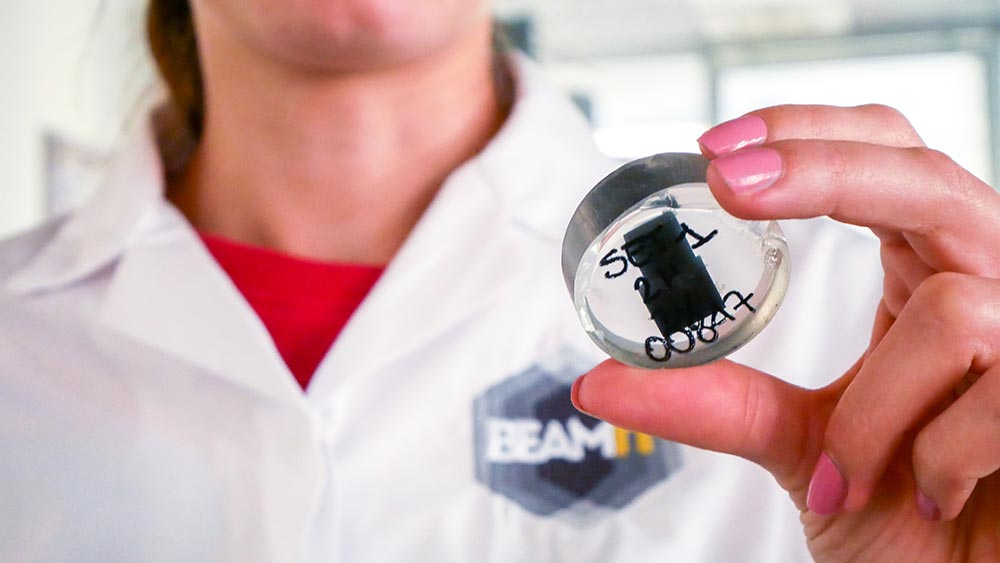
Italian 3D printing company BEAMIT Group says that it has developed a way to additive manufacture (AM) René 80 RAM1 nickel alloy material.
René 80 has a moderately high melting point and high oxidation resistance at high temperatures, making the material suitable for applications such as turbines and valves in the energy and aerospace industries. According to the company, when processed with AM technologies rather than conventional technologies, René 80 is one of the highest performing alloys also at ambient temperature.
BEAMIT says that the powder was initially modified by Elementum 3D using its patented reactive additive manufacturing (RAM) technology. Once the alloy’s chemical composition had been modified, BEAMIT Group technicians developed and improved a laser powder bed fusion (LPBF) process to improve density and achieve a crack-free microstructure.
The René 80 RAM1 powder was next treated with hot isostatic pressing (HIP) and HIP quenching, and the parameters were characterized and compared with as-built René 80. According to the company, there was an 20% increase in the mechanical properties compared with the aged condition of René 80 produced with conventional technologies. Furthermore, elongation up to 8% was achieved with a 37% increase compared to casting.
Finally, tests were conducted at high temperatures and to gauge cracking resistance which confirmed a yield strength of 750 MPa at around 900°C.
‘It was a challenge to actually print an alloy that performs so well at high temperatures, but we fine-tuned the AM process and succeeded – plus we achieved high density,’ said Jacopo Sisti, BEAMIT group materials manager. ‘The turning point came with the innovative HIP-quenching heat treatment: we avoided the formation of cracks in the material which meant that we delivered better static mechanical properties than the alloy produced with conventional technologies.’
This story uses material from BEAMIT, with editorial changes made by Materials Today.




